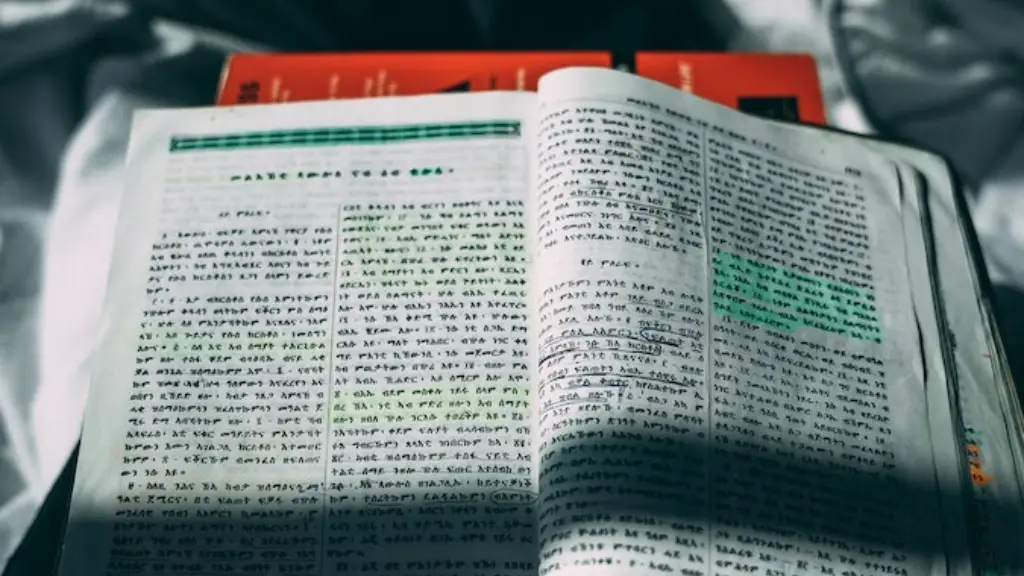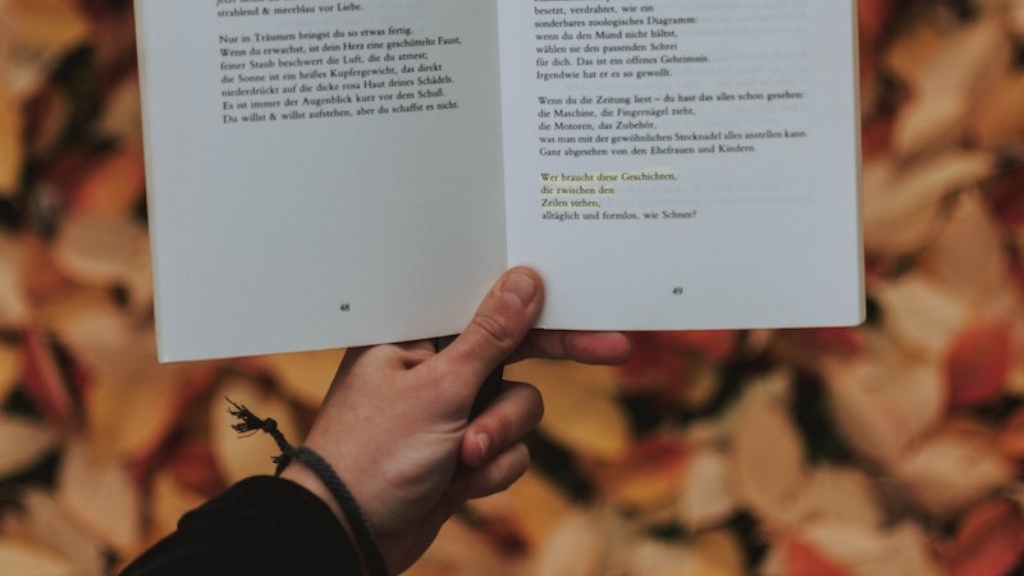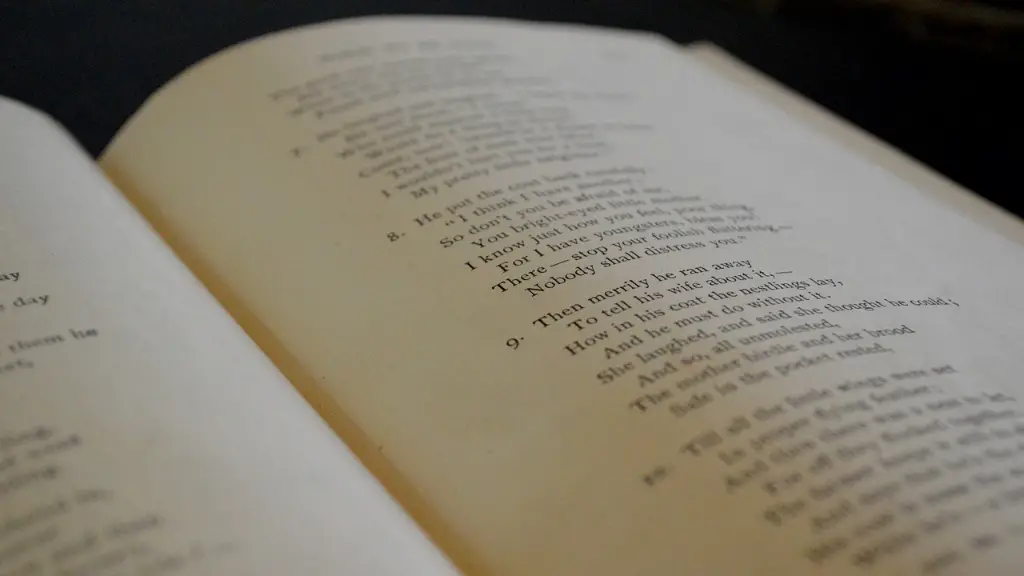Summary of Langston Hughes’ Poetry
Langston Hughes was a renowned poet who wrote several famous poems during the Harlem Renaissance. He was renowned for his impressive use of free verse, often tackling complex themes and speaking out against discrimination. Many of his most notable works were published in his poem collections, such as The Weary Blues (1926) and The Dream Keeper and Other Poems (1932). Hughes’ work had a profound impact on literature, and it continues to be studied and admired in literary circles today.
Themes in Langston Hughes’ Poetry
The main themes of Hughes’ poetry were the rights of African Americans in a segregated society, the effects of racial discrimination, and the struggles of the working poor. He often wrote about the beauty of African American culture and the strength of the African American people in the face of adversity. Hughes also touched on issues of racial identity, religion, and language in his poetry.
Throughout his writing, Hughes used imagery and symbolism to convey his themes. For example, his poem “The Negro Speaks of Rivers” (1921) used the theme of water and rivers to demonstrate the power and strength of African Americans throughout history. In “I, Too” (1925), Hughes used the metaphor of a dark room to show the struggle of African Americans to exist and be accepted in a segregated society.
One of the most important motifs in Hughes’ poetry was the power of dreams. He used this motif to suggest that hope and dreams were necessary for African Americans to keep going in the face of adversity. Hughes also focused on how dreams were necessary to inspire individuals to go beyond their current circumstances and achieve greatness.
The Impact of Langston Hughes’ Poetry
Langston Hughes’ poetry has had a lasting impact on literature, both in the past and present. His work played an important role in the Harlem Renaissance, providing a voice to African Americans and inspiring future generations of writers. Hughes’ poetry was accessible and relatable, yet also eloquent and powerful. He often wrote about the experiences of African Americans in a unique and meaningful way that resonated with readers.
Hughes’ work also inspired many literary movements since the Harlem Renaissance, such as the Black Arts Movement. His work has been referenced and analyzed in various forms of literature, including novels, plays, and films. Hughes’ poetry has also been the focus of various academic studies, and it continues to be incorporated into English classes and curriculum around the world.
Overall, Langston Hughes’ poetry has had an immense influence on literature, culture, and society. It is a reminder that storytelling and literature can be a powerful vehicle for change, and it aims to encourage readers to find their voice and stand up for what they believe in. Hughes’ work continues to inspire and resonate with readers of all ages, and it will undoubtedly remain a timeless and important part of literature for many years to come.
Analysis of “Let America Be America Again”
One of Langston Hughes’ most renowned and popular works is his poem “Let America Be America Again” (1935). This poem speaks to the inequality and racism that Hughes and other African Americans faced during this time. He begins by describing a “dream” of a perfect America and ends by denouncing the reality of a nation full of lies, inequity, and discrimination.
The title of the poem speaks to Hughes’ desire for America to “Be America Again”, a country where people are treated equally regardless of their race. The poem consists of four stanzas that each focus on a different issue. The first stanza acknowledges the importance of the American Dream and the hope for a better future. The second stanza laments the difficulty of achieving that dream and the need for hard work. The third stanza speaks to how this dream has been “stolen” from African Americans, and the final stanza calls on the nation to turn away from its oppressive nature and recognize the injustices of its current state.
The poem conveys a strong sense of hope in the face of oppression and discrimination. Hughes emphasizes the power of dreaming and believing even when it seems impossible. He ultimately calls for justice and a reevaluation of the American ideals of freedom, equality, and progress. Overall, “Let America Be America Again” is a powerful poem that speaks to the brutal reality of racial inequality in America and the struggles of African Americans to pursue the American Dream.
Reception of Langston Hughes’ Poetry
Langston Hughes’ poetry was welcomed to both popular and critical acclaim in the 1920s and has continued to be celebrated to this day. Hughes was widely praised for his work, earning him many awards and recognition. His poem “The Weary Blues” (1926) won the Opportunity literary prize and was published in several magazines. Hughes was also nominated for the Pulitzer Prize for Poetry in 1943 for his collection the Dream Keeper and Other Poems.
Hughes’ work continues to be celebrated today. Hughes’ poem “The Negro Speaks of Rivers” (1921) is often hailed as one of the most important works of the Harlem Renaissance. Hughes’ work is studied in academic circles as well, with books dedicated to his poetry and essays analyzing his work. Hughes was also posthumously inducted into the American Library Association’s Notable Writers Hall of Fame in 2008.
Legacy of Langston Hughes
Langston Hughes left behind a tremendous legacy with his poetry. His work reflected both the struggles and triumphs of African Americans as they dealt with oppression and discrimination. Hughes’ work had a profound impact on literature and culture, and he continues to be an important and celebrated figure in American history. Not only did his work pave the way for future African American writers, but it also inspired people around the world to speak out against injustice.
Hughes’ poetry has been adapted and referenced in various forms of art, such as films, plays, novels, and television shows. Hughes’ work can still be found in many school curriculums today, and it is taught to students all around the world. Hughes’ work will continue to inspire and remind people of the power of literature and the importance of standing up for what is right.
Comparison of Langston Hughes’ Poetry to Other Forms of Literature
The poetry of Langston Hughes can be compared to other forms of literature, particularly the works of his literary peers from the Harlem Renaissance. Authors such as Jean Toomer and Zora Neale Hurston often wrote about the African American experience and dealt with similar themes as Hughes. Similarly, Hughes and these authors used language and symbolism to convey their message, often using metaphors and imagery to evoke emotion.
Hughes’ work was also compared to the literature of other authors from the same period such as Walt Whitman and W.E.B. Du Bois. Hughes’ and Du Bois’ writing often tackled similar themes, such as civil rights and racism. Hughes’ and Whitman’s works have similar formal elements, such as free verse and long and lyrical lines. Overall, the poetry of Hughes can be compared and contrasted to a wide range of authors and other forms of literature.
Conclusion
Langston Hughes was an outstanding poet who wrote several famous and renowned poems during the Harlem Renaissance. He used imagery and symbolism to convey his message and wrote about various themes such as the African American experience and the power of dreams. Hughes’ work has been studied and admired in literary circles and continues to be an important part of literature today. His work serves as an important reminder of the power of literature, the African American experience, and the importance of speaking out against injustice.




